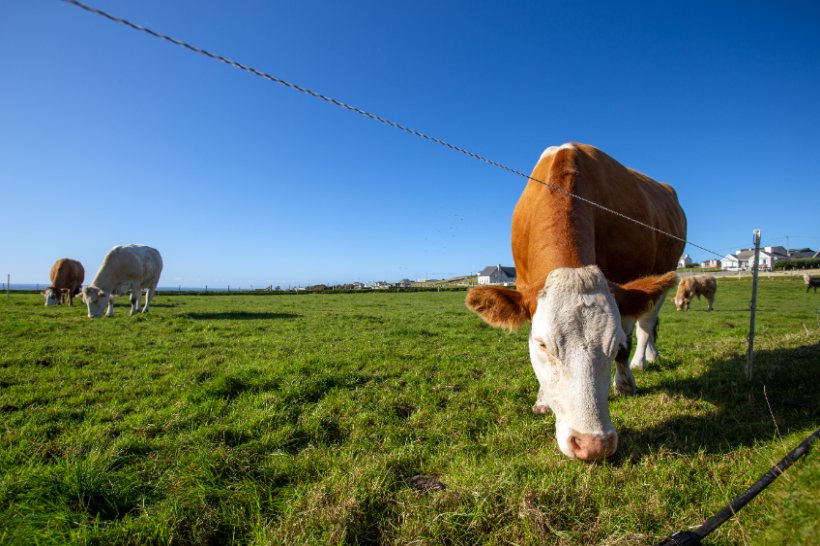
With tight meat supplies worldwide and the crisis in Ukraine adding to concerns over food security, a new forecast predicts a stable long-term outlook for production in the UK beef sector despite inflation issues affecting farmers and consumers.
The latest market update by Hybu Cig Cymru – Meat Promotion Wales (HCC) analyses latest cattle census data from the British Cattle Movement Service (BCMS).
It concludes that supplies onto the market may increase slightly in the next six months, but that thereafter steady production patterns will resume barring unforeseen events.
According to latest figures, the total number of cattle and calves on the ground in Britain stood at 8 million head as of 1 July 2022 – an increase of 0.3% on the year, but 0.5% smaller than in July 2020.
Beef cattle numbers recorded an increase of 0.7% to 5.2 million head, whilst the dairy herd contracted by 0.6% – a continuation of the trend seen in recent years.
Looking in more detail, the comparatively plentiful supply of cattle of 12-30 months of age largely destined for beef production would indicate strong production volumes in the short term.
However the census figures suggest that the contraction in both the beef and dairy breeding herds, due to increased throughput of older cattle, could act as a limiting factor on further growth in beef production.
Latest figures from other major beef producing nations such as the US suggest that global production is unlikely to rise markedly in the short term, thereby giving confidence to UK beef producers that global demand will continue to support market prices.
HCC data analyst, Glesni Phillips said the new BCMS data showed a 'reason for optimism' as there could be steady conditions on the production side in the longer term.
“Consumer demand is being affected by cost of living pressures, with more demand for cheaper cuts and mince," she explained.
"High input costs for farmers are also a factor in the projected rise in UK beef production in the short term, as some producers will look to avoid keeping additional stock over this winter.
“However, international demand is still buoyant, with UK beef exports having increased substantially during 2022. Production levels in many key competitor countries are not set to rise.
"Therefore trends revealed in this recent data should give long-term confidence to farmers in the beef sector.”
